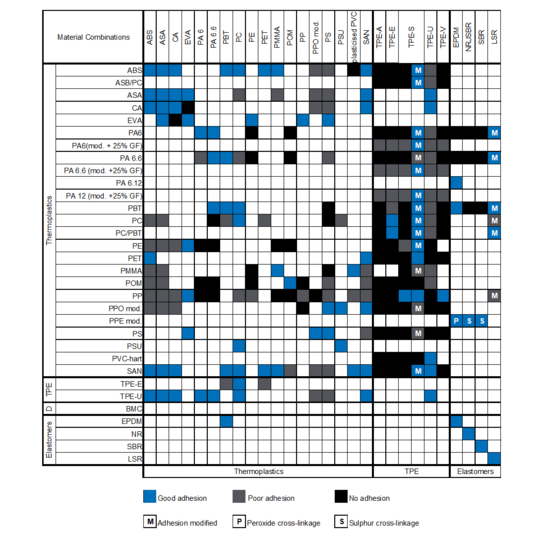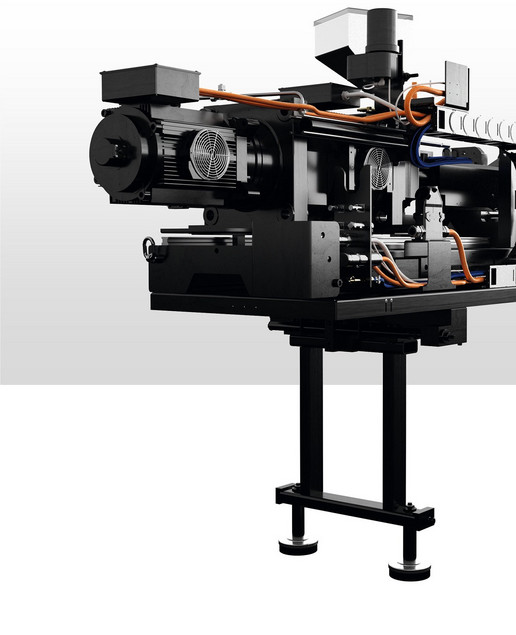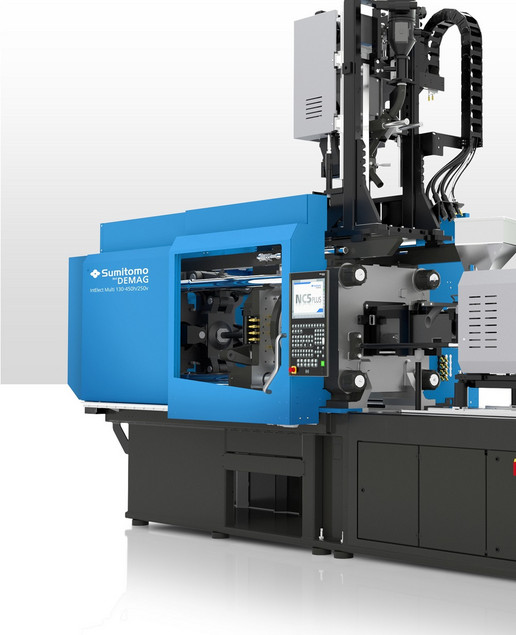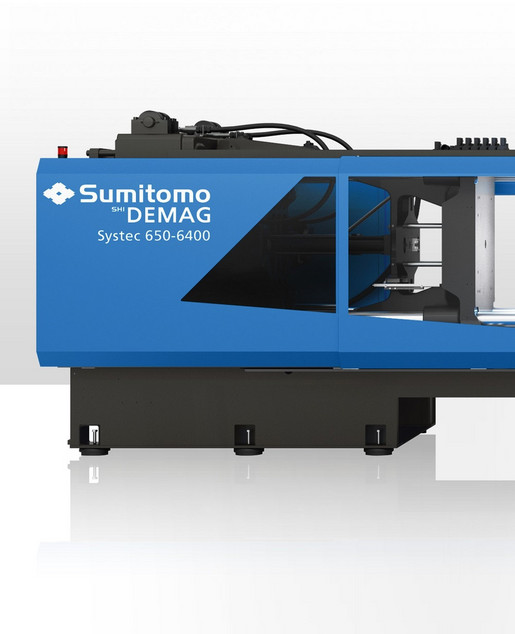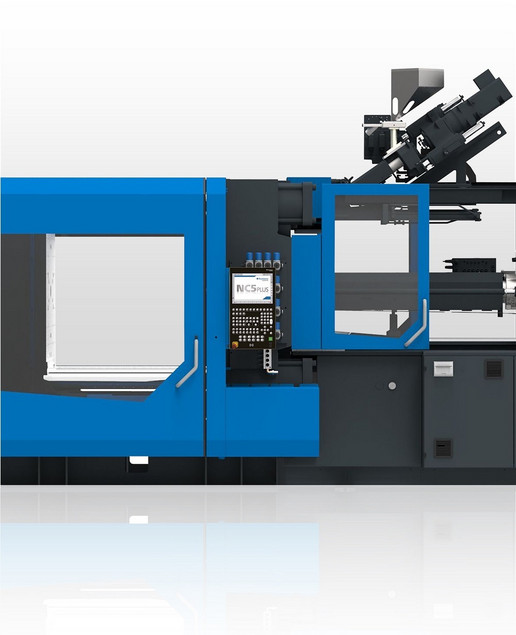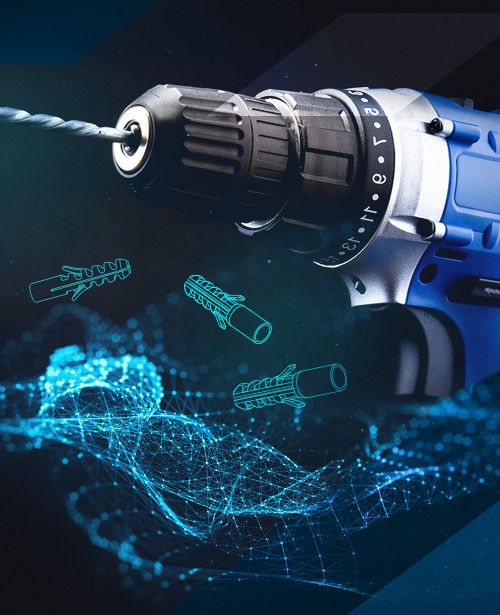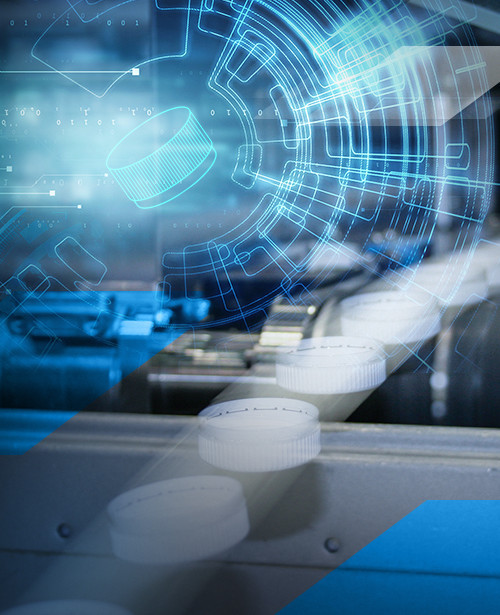Maximum design freedom
High-quality multi-colour design, lower-cost parts, complex moulded parts comprising two or more components. All of these factors have contributed to the rapid adoption of multi-component moulding. It involves injecting two or more different materials into the same mould in a sequential or simultaneous manner to create a single product. This process is widely used in the automotive, electronics, consumables and medical industries, where functionality, highest quality, or aesthetically-pleasing products are in high demand.
- Turntable process – production of multiple component parts through turning of the ejector side
- Index platen – production of multiple component parts through transferring the article from one cavity to further cavities
- Bi-injection moulding – simultaneous or delayed injection of two components into the same cavity
- Core-back process – injection of two components into one cavity in sequence; cavity for second component is released by pulling a gate-valve
- Transfer process – preform is transferred manually or by robot to the second cavity or second machine
- Reduced assembly effort
- Increased quality assurance and reproducibility
- Less floor space and less machine setup time required
- Reduced energy consumption
- No compromises in application design (haptics, colours, materials)
- Consumer goods/Automotive industry - Products with multiple colours, materials or haptics features
- Automotive/Medical/Electronics industry - Functional parts with special features


